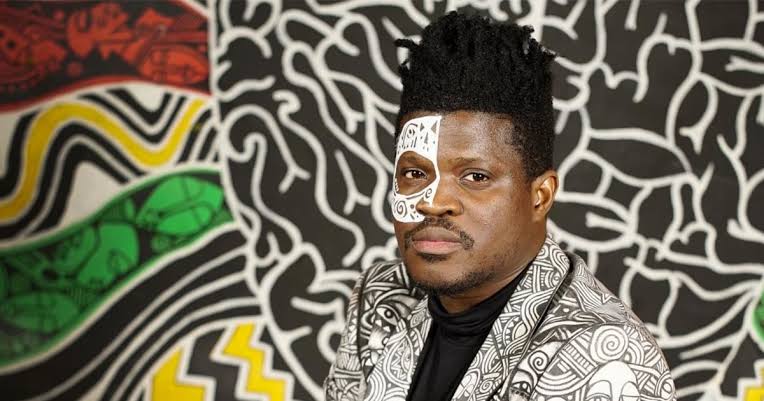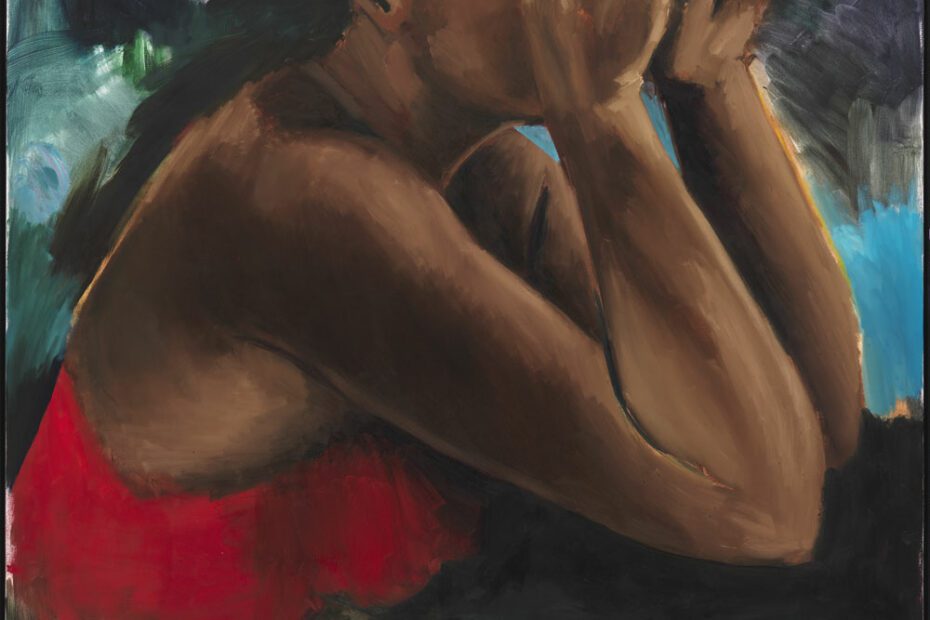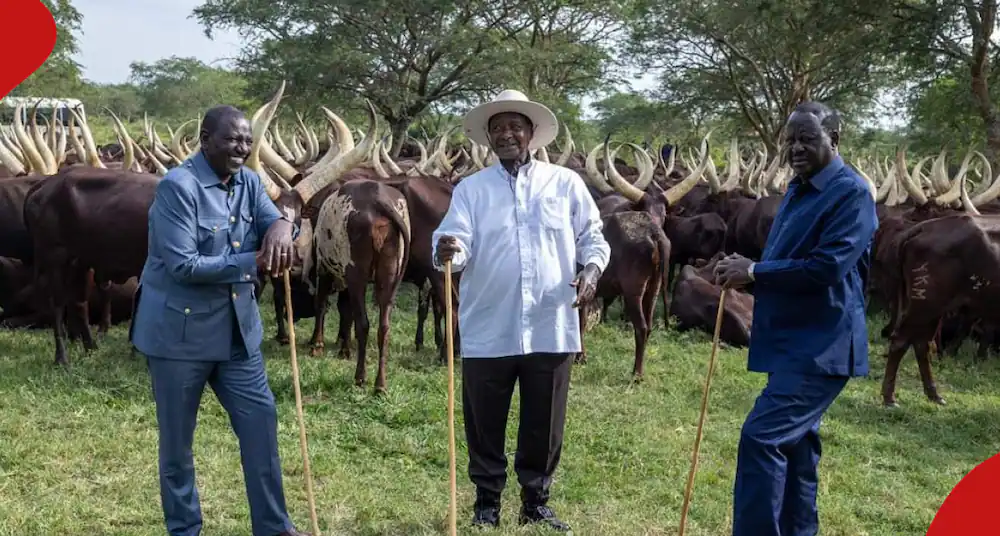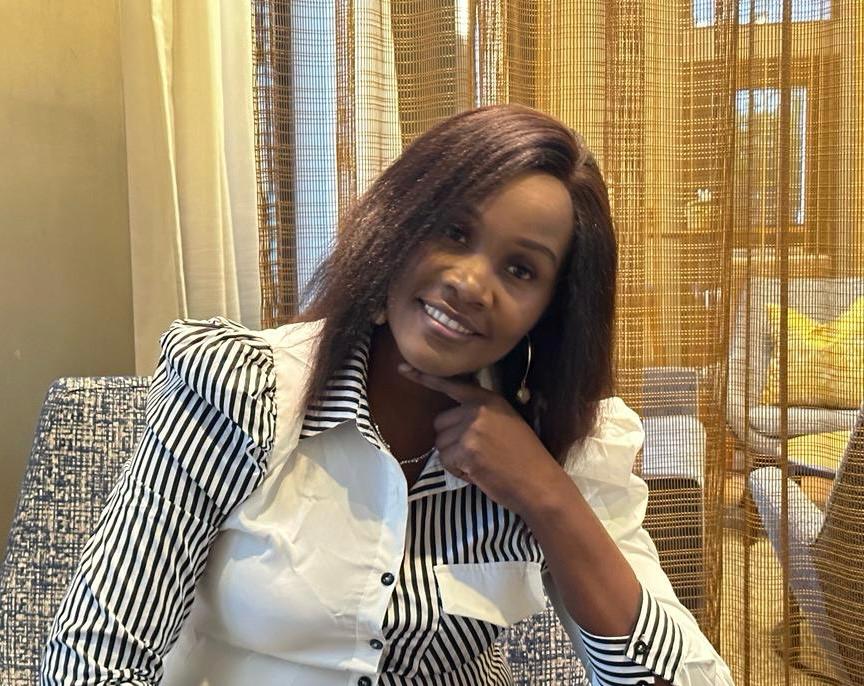Art is food to the soul, passing a message through colors, forms, and visuals that surpass the limitations of words. Across Africa, this artistic expression has long thrived as a vital component of cultural identity. And the global art realm bears witness to a perfect transformation — an African Art Renaissance. Spearheaded by a vibrant cohort of African creatives, this movement changes the narrative surrounding African art, making it gain global appreciation.
The pioneers of this renaissance mirror Africa’s rich diversity. From the lively art hubs of Lagos to the murals in Johannesburg, these artists confront stereotypes, and convey powerful socio-political messages.
The role of Black people in African Art Renaissance

Across centuries, the relationship between Black communities within and beyond Africa has been faced with a painful history of slavery, and, at times, lack of trust. Yet within this complexity, a resilient connection persists.
In 1964, during his visit to Ghana, Malcolm X articulated a profound sentiment:
“I don’t feel that I am a visitor in Ghana or in any part of Africa. I feel that I am at home. I’ve been away for 400 years, but not of my own volition, not of my own will.”
Malcolm X
Presently, the bond between Africa and its widespread diaspora, especially among the youthful population, is more immediate. There’s a reciprocal exchange of inspiration, galvanized by myriad creative endeavors and amplified through social media platforms like TikTok.
Illustrations Abound
Impactful films such as “Black Panther,” alongside majestic portraits crafted by artists like Kehinde Wiley and Omar Victor Diop is a true reflection of this relationship. Nigeria’s captivating popular cinema, enjoyed in households spanning Europe and the Caribbean. Then there’s the melodious Afro-Pop tunes of Kenya’s Sauti Sol and the vibrant Afrobeats rhythms from artists like Tems, Burna Boy, and Mr Eazi. In just 2022, Afrobeats artists garnered over 13 billion streams on Spotify alone.
Here are 10 visionary artists promoting African art renaissance
1. Laolu Senbanjo a true representative of African Art Renaissance

Laolu Senbanjo, a Nigerian artist, is a perfect representation of Yoruba-influenced body art. This is a vivid tapestry intertwining spirituality and culture. His work, featured in Beyoncé’s “Lemonade” video and displayed at the Grammy Museum, reflects his signature Afromysterics style—a fusion of Yoruba motifs with contemporary artistry.
Senbanjo employs the sacred art of the Yoruba people, drawing from their myths, rituals, and ancestral wisdom, intricately woven into every stroke.
He embodies a pivotal role in the African Art Renaissance, revitalizing traditional Nigerian artistry and catapulting it onto global stages.
His creations serve as a bridge, transcending borders and inviting the world into the vibrant depths of African heritage. Through his artistry, Senbanjo not only reclaims cultural narratives but also elevates African representation, inspiring a renaissance that celebrates the continent’s rich artistic legacy on a truly international scale.
Laolu Senbanjo’s art encompasses a diverse array of expressive forms, from body art to canvas paintings. Here are three notable examples:
1. Sacred Art of the Ori
Senbanjo’s distinctive body art, often seen in his “Sacred Art of the Ori” series, involves intricate, swirling patterns that draw from Yoruba cosmology. He uses the human body as a canvas, adorning it with bold, symbolic designs that pay homage to Yoruba spirituality and ancestral traditions.
2. “The Red” Series
This collection features Senbanjo’s canvas paintings characterized by vibrant red hues and intricate patterns. The works in this series often depict themes of identity, spirituality, and the interconnectedness between the past and present. They Senbanjo showcases his mastery in blending traditional Yoruba motifs with contemporary artistry.
3. Collaborations and Performance Art
Beyond static artworks, Senbanjo’s collaborative projects and live performance art are remarkable. His collaborations with musicians, live painting sessions, and interactive performances fuse music, dance, and visual art, offering immersive experiences that celebrate African heritage and artistry in dynamic, engaging ways.
4. Wangechi Mutu

Wangechi Mutu, the Kenyan artist, stands as a beacon in the realm of contemporary art with her thought-provoking sculptures and collages. They delve into profound themes of gender, race, and colonialism. Her work serves as a poignant reflection of the ongoing African Art Renaissance.
Through a fusion of various mediums, Mutu creates striking and often unsettling pieces that challenge societal norms and confront historical narratives.
Her sculptures, often humanoid and surreal, merge human and mechanical elements, blurring the lines between the natural and artificial.
In her collages, Mutu intertwines diverse imagery—ranging from magazine cutouts to traditional African motifs—constructing vivid and complex compositions that evoke a sense of both beauty and disquiet.
Mutu’s art is a bold assertion of African identity and agency in the face of historical oppression and cultural appropriation. By exploring the complexities of African and diasporic experiences, she reclaims narratives, interrogates power structures, and questions colonial legacies.
Her work doesn’t merely depict the African Art Renaissance; it actively contributes to its evolution by pushing boundaries, initiating dialogues, and inviting introspection into the multifaceted layers of contemporary African identity and artistry.
Examples of Contemporary Art Reinasance by Wangechi Mutu
a. “The End of Eating Everything” (2013)
The collage series, comprised of intricate and haunting compositions, often features hybrid female figures adorned with a mix of organic and artificial elements. Mutu’s use of diverse materials—such as magazine cutouts, ink, and acrylic—creates surreal yet captivating scenes that explore themes of consumption, femininity, and cultural identity.
b. Sculptural Installations
Mutu’s sculptures are renowned for their boldness and evocative forms. Pieces like “Water Woman” and “Le Noble Savage” feature sculpted figures, often distorted and mutated, combining organic and machine-like attributes. These sculptures challenge conventional perceptions of the female body, infusing it with both power and vulnerability.
c. “Histology of the Different Classes of Uterine Tumors” (2004)
This series of collages embodies Mutu’s signature style, using mixed media to construct intricate, otherworldly landscapes. Here, she integrates images from medical textbooks, fashion magazines, and African cultural references to provoke contemplation on issues.
They include beauty standards, bodily autonomy, and the objectification of women. These pieces often confront the viewer with unsettling yet thought-provoking juxtapositions of imagery.
3. Njideka Akunyili Crosby
Njideka Akunyili Crosby’s art embodies the essence of the African Art Renaissance by seamlessly intertwining Nigerian cultural motifs with Western artistic techniques. She has garnered widespread acclaim in international art spheres. Her works serve as a vivid testament to the convergence of diverse cultural influences, creating a dialogue that goes beyond geographical boundaries.
Through meticulous attention to detail and a distinct visual language, Crosby constructs narratives that speak to three things:-
- Complexities of identity
- Diasporic experiences
- Cultural hybridity.
She merges Nigerian references—family photographs, traditional textiles, domestic scenes, and symbolic elements—with Western painting styles, employing techniques akin to classical European portraiture and collage.
Her compositions invite viewers into intimate, domestic spaces, offering glimpses into personal narratives that resonate universally.
These immersive artworks resonate with a sense of nostalgia and longing, exploring themes of belonging and displacement within the context of a globalized world.
Crosby’s ability to blend these cultural elements in a visually stunning and emotionally evocative manner challenges traditional narratives and expands the conversation around contemporary African art. Her work not only redefines the representation of African identity but also contributes significantly to the broader discourse on cultural fusion. In the end, bridging gaps between different artistic traditions and emphasizing the interconnectedness of diverse cultural experiences.
Njideka Akunyili Crosby Renown Artworks
a. “The Beautyful Ones” (2012)
This piece is a striking portrayal of familial connections and cultural layers. Crosby incorporates imagery from Nigerian pop culture and personal photographs into the composition, creating a dynamic collage-like narrative. The artwork captures a sense of intimacy and nostalgia, intertwining personal memories with broader cultural references.
b. “I Refuse to be Invisible” (2010)
In this artwork, Crosby skillfully combines painting and collage techniques to depict a scene of domesticity and introspection. The piece features a woman surrounded by patterns and images evoking both Nigerian and Western influences. They emphasize the artist’s exploration of identity and the fusion of diverse cultural elements.
c. “Predecessors” (2013)
Crosby’s piece “Predecessors” intricately weaves together bits of family life, mixing portraits, domestic interiors, and cultural symbols.
This artwork serves as a visual representation of the artist’s hybrid identity, offering a glimpse into the complexities of diasporic experiences and the interplay between different cultural backgrounds.
Each of these artworks shows Crosby’s skilful ability to combine Nigerian cultural themes with Western artistic techniques, creating visually stunning and emotionally resonant compositions that speak to the multifaceted nature of contemporary identity and cultural exchange.
4. Ruth E. Carter representing African Art Renaissance
Ruth E. Carter, primarily known for her costume design in film, has significantly contributed to representing the African Art Renaissance through her work. Her culturally rich costume designs for movies such as “Black Panther” serve as a celebration and elevation of African aesthetics and heritage on a global platform.
Carter’s meticulous research and collaboration with African artists and scholars helped her infuse authenticity into the costumes for “Black Panther.”
She drew inspiration from various African cultures, adding traditional motifs, clothing, and craftsmanship into the designs.
Her creations not only paid homage to specific African cultures but also imagined them in a better context, emphasizing the diversity of Africa’s artistic traditions.
Through her costumes, Carter led to the reshape of the narrative surrounding African representation in mainstream media. Her designs show the beauty and complexity of African cultures, challenging stereotypes and presenting a wide view of African identity.
By mixing traditional elements with modern ones, she addresses African art and culture, playing a significant role in advancing a renaissance of African beauty in contemporary popular culture.
5. Mory Sacko a representative of African Art Renaissance
Mory Sacko, known as both a chef and an advocate for African culinary traditions, has promoted the African Art Renaissance by using an innovative approach to cuisine. He has managed to merge traditional African flavors and techniques with contemporary culinary art.
Sacko’s culinary creations are a representation of the African art renaissance as he draws inspiration from diverse African culinary traditions, mixing them with his personal style and modern culinary techniques.
Through his dishes, he shows the depth and diversity of African ingredients, celebrating Africa’s rich food heritage.
Sacko’s approach involves reinterpreting classic recipes, using forgotten ingredients, and showing the potential of African flavors.
Without a doubt, his promotion of for African cuisine on international platforms and his willingness to experiment while staying rooted in traditional techniques are amazing.
By using African culinary skills on the global stage, Sacko honors Africa’s culinary traditions. Additionally, he invites a broader appreciation and understanding of African flavors, ingredients, and culinary skills.
Summary
The African Art Renaissance is a dynamic movement that includes diverse expressions across various artistic disciplines. Through the work of influential figures like Laolu Senbanjo, Wangechi Mutu, Njideka Akunyili Crosby, Ruth E. Carter, Mory Sacko, and others, this increased creativity and cultural growth is evident.
Laolu Senbanjo, with his Yoruba-inspired body art, celebrates African heritage, offering contemporary perceptions of traditional art forms.
Wangechi Mutu’s sculptures and collages confront societal norms, by focusing on gender, race, and colonialism issues by challenging historical narratives.
Njideka Akunyili Crosby’s works merge Nigerian cultural motifs with Western techniques. She has improved dialogue on experiences and identity beyond Europe.
Ruth E. Carter is known for her costume designs in films like “Black Panther,” which celebrates African beauty. Thus, managing to infuse credibility into her creations to recognize African cultures in mainstream media.
Next, Mory Sacko’s culinary innovation and promotion of African cuisine represent a renaissance in gastronomy. Proceeding to blend traditional flavors with contemporary culinary techniques.
Collectively, these artists and cultural icons contribute to a resurgence of African art and culture. They reclaim narratives and challenge stereotypes, closing on cultural divides, and fostering appreciation and understanding of the diversity of African heritage globally. Through their work, they amplify the depth of the African Art Renaissance. In the end, it invites the world to engage with Africa’s artistic legacy in new and profound ways.



